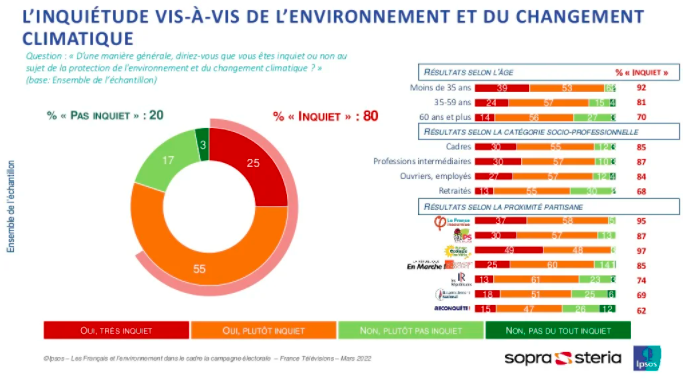One year of slow travel, what does that represent in carbon equivalent?
- Alexis Boisselet
- Mar 12, 2022
- 4 min read
Updated: Mar 15, 2022
Steppe FM, 15 March 2022, One year of slow travel, what does that represent in carbon equivalent?

Summary of the last 15 days:
We left you with a somewhat depressing last newsletter... (REAL), but what about now?
The truth is that the last two weeks have been pretty quiet, and admittedly against our will. Indeed, at the moment the weather is working against us. Over 15 days, we had 8 days of rain, 4 days of sunshine, and 3 days of extreme cold. So we took advantage of the rare days of calm to move along the coast on the dirt roads, which are generally soaked. In a fortnight, we walked about fifty kilometres.
Admittedly, these are not the easiest weeks of travel. It is complicated to find a bivouac where to stay for several days, either because of the lack of grass for the horses or because of the forest guards. We are wet three quarters of the time and when the evening comes and we set up the tipi, we realize that it is no longer waterproof.
Finally the clouds have given way to blue skies (at last!) but the temperature has dropped sharply and remains stuck below 0°C even during the day. The nights are cool (around -10°C) and very windy: gusts of wind threaten to tear off the tipi anchored to the ground by huge rocks.
Fortunately, not everything is grey! And we had some great encounters.
We found Aymeric's mother who followed us for five days and brought us back some comfort (like wine and cheese!). We also met a French couple hitchhiking from Paris with whom we had a great time. He is a cameraman and filmed us for a few minutes while we were doing our daily chores with the horses, so we can look forward to a short video.
But let's get back to the title of this newsletter, let's stop talking about the weather and let's get to the climate!
Recontextualisation:
Is the world falling apart? We have barely emerged from a two-year health crisis when the pseudo-epidemiologists on television gave way to geopolitical "experts" to cover a near-European war that looks like a cold war. And then, just to make things worse, we are a few weeks away from the presidential election and our twelve candidates never stop talking about themselves, in all sorts of media as objective as a Parisian supporter at the Velodrome, when they are allowed to speak... And then, in the middle of all this mess, the new IPCC report (or more precisely the second report of the three AR6) came out, this one on the impacts, adaptation and vulnerability of human societies and ecosystems to climate change. In other words, a report that is more than essential because it deals directly with the interaction between humans and the environment. Except that... no one is talking about it (except for a few alternative media, such as the environmentalist populariser BonPote: https://bonpote.com/33-milliards-detres-humains-exposes-au-changement-climatique-le-nouveau-rapport-du-giec-est-sans-appel/).
So much so that this report received a cumulative 3 minutes of coverage in the main TV media, and that four days after its release...
But, you say, what does this have to do with Steppe FM?
Our expedition is part of the association Les Vents de la Récolte (https://lesventsdelarecolte.wixsite.com/lesventsdelarecolte), whose objective is to reconcile food sovereignty projects and slow (low carbon) travel.
Even before the expedition started, I had written an article (available in PDF here: https://lesventsdelarecolte.wixsite.com/lesventsdelarecolte/nos-outils) comparing the carbon footprint of a member of our expedition with that of an average French person. It's been a year since we left and it seems like a good idea to do our first carbon footprint.
Carbon footprint, objectives and results:
As a reminder, a French person emits on average 12 tCO2eq (ADEME, 2018).
According to the IPCC, to respect the limit set by the Paris Agreement (limiting global warming to +2°C), the carbon footprint of an individual should be between 1.6 and 2.8 tCO2eq (IPCC, AR5, 2014).
One of the objectives of the Steppe FM adventure is to prove that it is possible to respect the IPCC recommendations while travelling. We had made a forecast that we would emit 1.96 tCO2eq per person per year.
So after a year of travel what is our actual personal carbon footprint?
If you are interested in the calculation process (in French I'm afraid), go here:
Otherwise,
The total emissions of an individual on the Steppe FM expedition is 1727 KgCO2eq (or 1.7 tCO2eq) in one year (between March 2021 and March 2022). So, after one year of travel, with actual emissions slightly lower than expected, our personal emissions are within the IPCC range. We can therefore conclude that traveling slowly (like our expedition) is a sustainable way of traveling to limit global warming and more globally in agreement with the Paris agreement.
Conclusion :
Steppe FM is an expedition full of adventures, encounters, animals and galleys & that respects the Paris agreement (contrary to 194 of the 195 countries that signed the agreement)!
Finally, the travel sector and more generally tourism is compatible with a decrease in carbon emissions if certain conditions are respected such as decarbonization of transport, a change in diet (less meat in general) and sober practices on a daily basis.
PS: To know your personal carbon footprint I recommend the website https://nosgestesclimat.fr/, a public website managed by ADEME (for more information about the carbon footprint and its accounting: https://bonpote.com/comment-calculer-son-empreinte-carbone/)
Translated with www.DeepL.com/Translator (free version)
A bientôt !
















































Comments